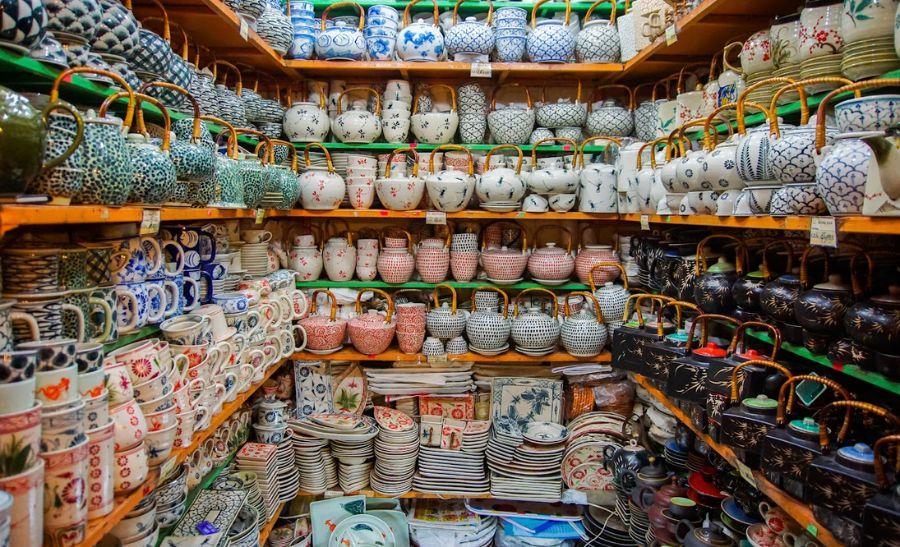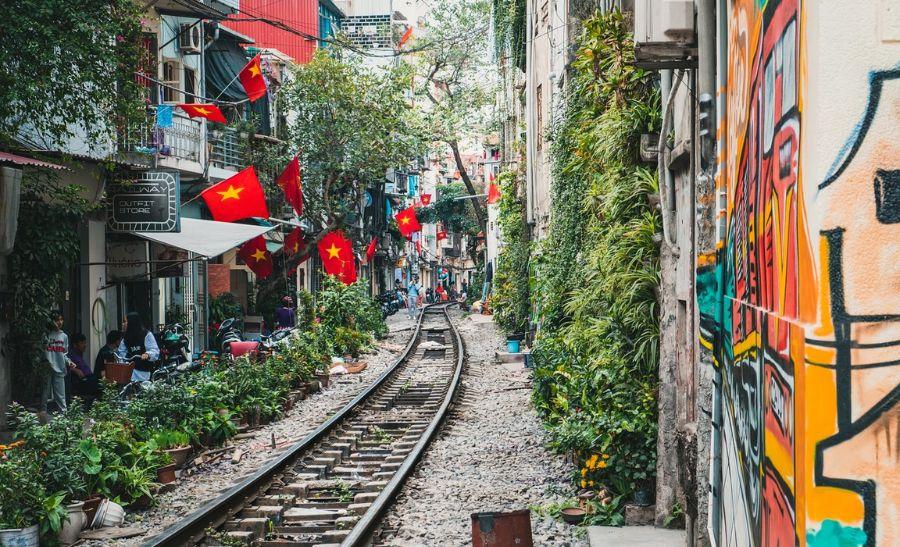Share
Why You Should Visit the Thăng Long Imperial Citadel
Content summary
Discover the History and Legacy of the Thăng Long Imperial Citadel
Tucked away in Ba Đình District, Hanoi’s Thăng Long Imperial Citadel is one of the most significant cultural and historical landmarks in Vietnam. Declared a UNESCO World Heritage Site in 2010, it represents a thousand years of dynastic power, architectural brilliance, and cultural resilience. It’s more than just old walls and ruins—it’s a gateway into Vietnam’s imperial and colonial past, layered in stone and soil.
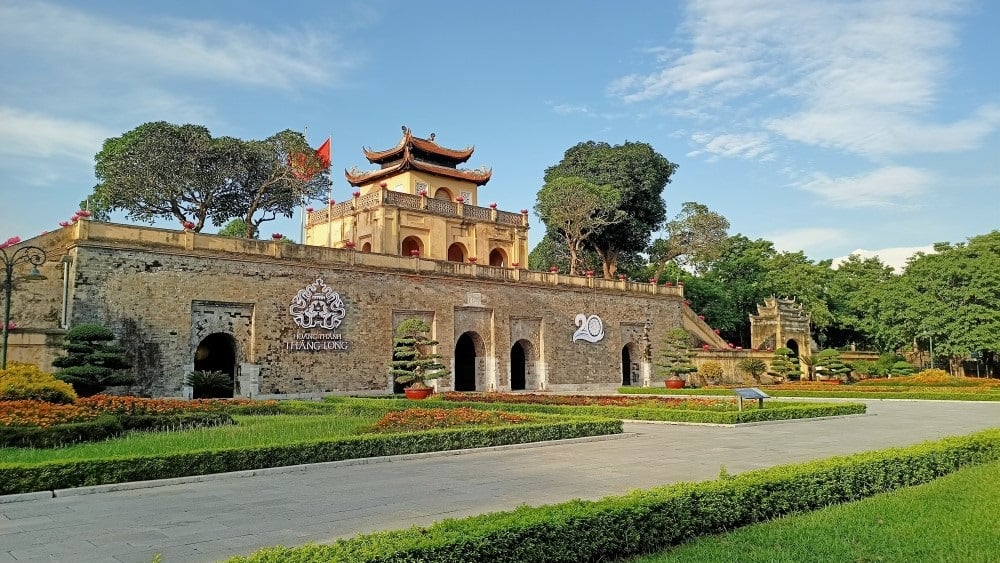
Thăng Long Imperial Citadel
Many travellers wander through Hanoi’s Old Quarter or visit the Ho Chi Minh Mausoleum, but few realize they’re steps away from the city’s true origin. The Thăng Long Imperial Citadel isn’t just a place to tick off your list, as it is also where Vietnam’s capital legends began.
A Brief History of the Citadel
The story of Thăng Long Imperial Citadel began in 1010, when Emperor Lý Thái Tổ moved the capital from Hoa Lư to this very site. He named it Thăng Long, meaning “Ascending Dragon,” symbolizing prosperity and divine protection. Over the centuries, the site was rebuilt and expanded by the Trần, Lê, and Nguyễn dynasties, evolving into a massive political and military hub.
Despite being partially buried and damaged during wars and colonial rule, many of its core structures remained or have been excavated in recent decades. When archaeologists began digging under Hoàng Diệu Street in the early 2000s, they uncovered centuries of royal life hidden beneath the ground—foundations of palaces, ceramics, ancient wells, and drainage systems.
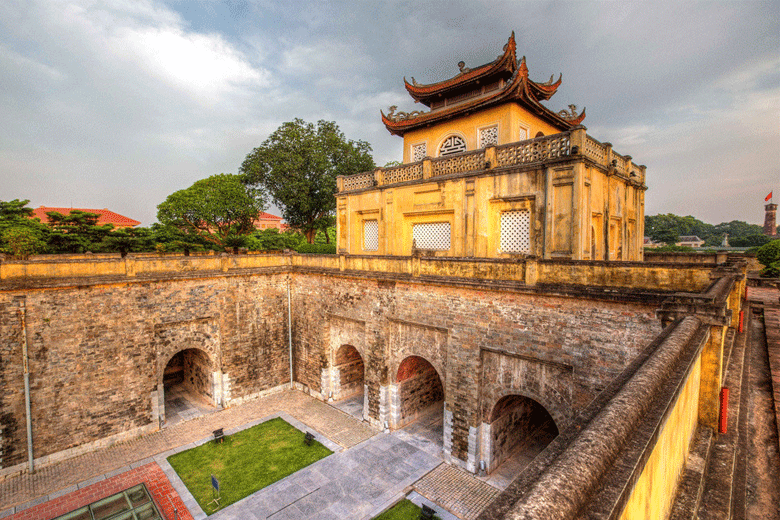
Today, Thăng Long Imperial Citadel stands not only as a historic site but also as a powerful reminder of Hanoi’s enduring spirit.
What to See Inside the Imperial Citadel
There’s plenty to explore within the grounds of the Thăng Long Imperial Citadel. The complex is wide, quiet, and ideal for travellers who want to step back in time.
Doan Mon Gate
The grand southern gate that once welcomed kings and foreign envoys into the royal city. With five arched entrances and an elevated structure, it sets the tone for what lies beyond.

Kinh Thiên Palace
Though only the stone steps remain, the Kinh Thiên Palace once stood as the royal throne hall of the Lê dynasty. These steps, carved with dragons, are among the most important symbols of imperial authority in Vietnam.
Hanoi Flag Tower
One of the few structures that survived colonial demolitions, this 33-meter-high tower offers great views and has become a symbol of the capital.
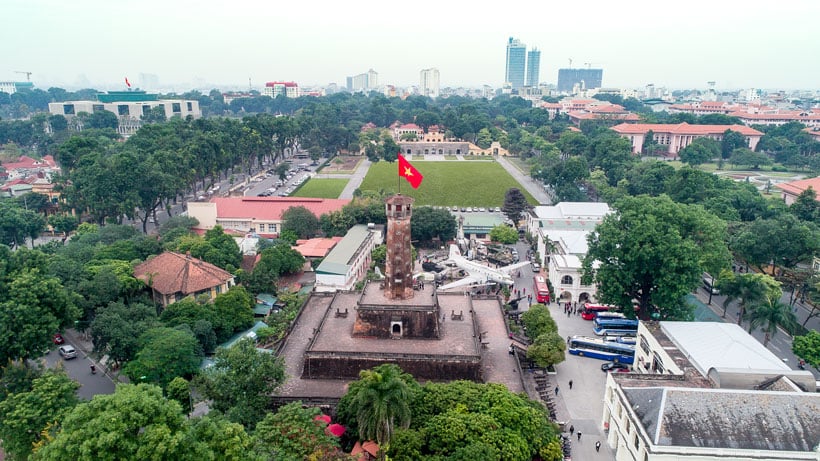
D67 House and Bunker
Used by military leaders during the Vietnam War, this small building and its underground bunker are now preserved as museums. It’s a sharp contrast from the ancient dynasties but equally important in the site’s legacy.
The Archaeological Site on Hoàng Diệu Street
Just across from the main citadel, this is where you’ll find excavated foundations from the Lý and Trần dynasties. Entrance is often included with your citadel ticket and is worth the stop.
Hậu Lâu (Princess’ Residence)
A colonial-era building that once housed royal women. The blend of French and Vietnamese design reflects the citadel’s long and complex evolution.
Cửa Bắc (Northern Gate)
One of the last remaining entrances to the old royal city, still bearing cannon damage from the French invasion in the 19th century.
Why the Thăng Long Imperial Citadel is Important
The Thăng Long Imperial Citadel is more than old stones and restored gates. It’s important because it tells the story of Vietnam’s transition through dynasties, its struggle against colonial powers, and its rise into modern statehood. UNESCO recognized it under criteria such as its longevity as a capital, the integration of multiple cultures, and the representation of Southeast Asian political architecture.
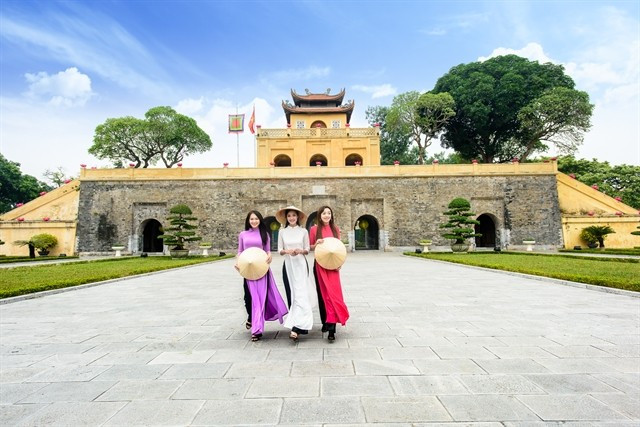
For travellers, this place offers a deep, layered insight into how Vietnam has changed over the past thousand years. You’ll feel the quiet power of the place—not flashy, not crowded, just real.
Practical Info for Your Visit
-
Location: 19C Hoàng Diệu, Ba Đình District, Hanoi
-
Opening Hours: 8 AM to 5 PM (closed Mondays)
-
Entry Fee: Approx. 30,000 VND
-
Best Time to Visit: Mornings or late afternoons, especially during the dry season (Oct–Apr)
-
How to Get There: Walkable from Ho Chi Minh Mausoleum or take a short taxi ride from the Old Quarter
Wear comfortable shoes and bring water, as the grounds are large and open. Audio guides and on-site info boards help with understanding each spot.
What’s Nearby?
If you’re planning a day of exploring Hanoi’s cultural highlights, the Thăng Long Imperial Citadel fits in perfectly. Nearby attractions include:
-
Ho Chi Minh Mausoleum & Museum
-
One Pillar Pagoda
-
Temple of Literature
-
Vietnam Military History Museum
Most can be reached on foot or by a quick Grab ride.
Final Thoughts
For travellers who want more than a typical Hanoi experience, the Thăng Long Imperial Citadel offers something special. It’s not flashy or overrun with tourists. It’s quiet, meaningful, and rich with stories.
If you’re starting your Vietnam journey at Quiri Hostel Hanoi, ask the staff about local walking routes and half-day plans. You’ll be close to this imperial gem without needing a guide or tour.
Người đăng:
Quiri Hostel
Ngày đăng:
23/07/2025



